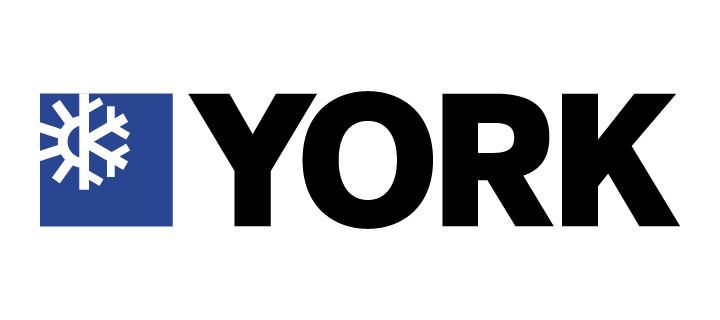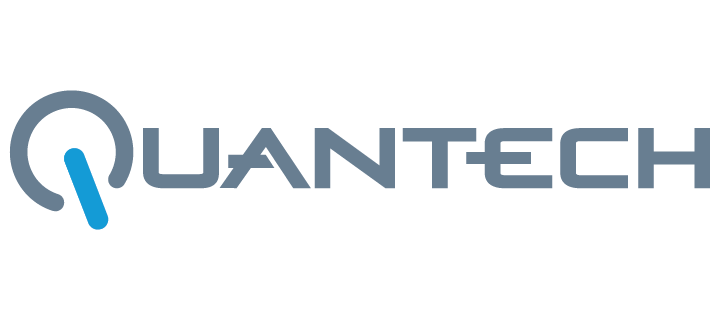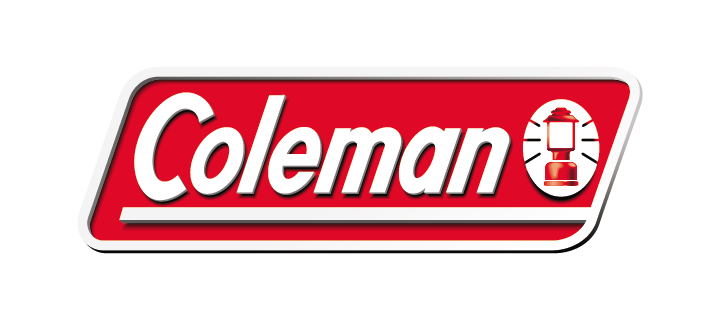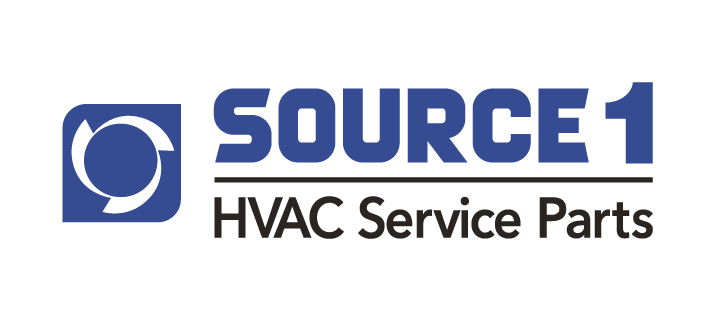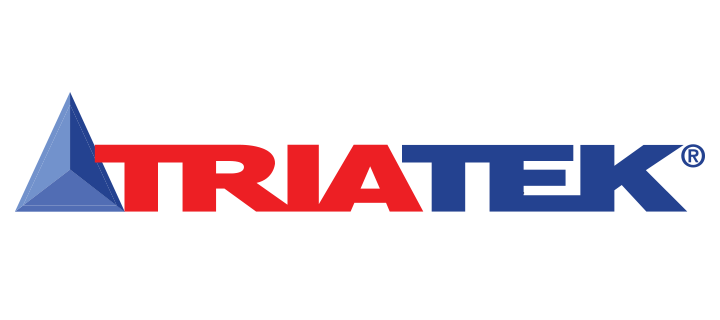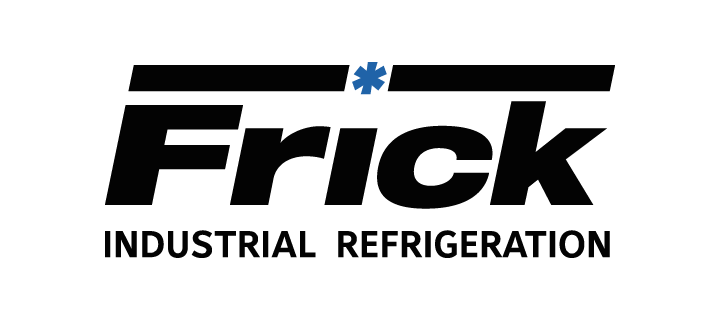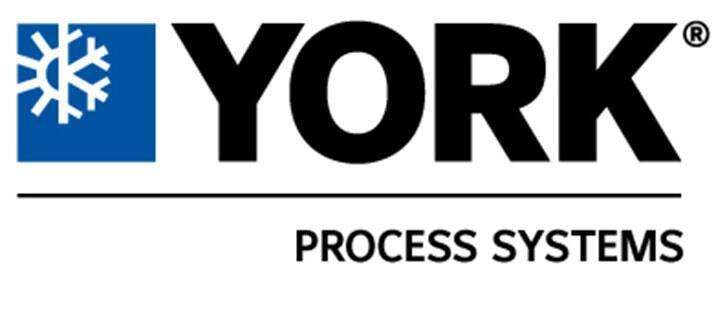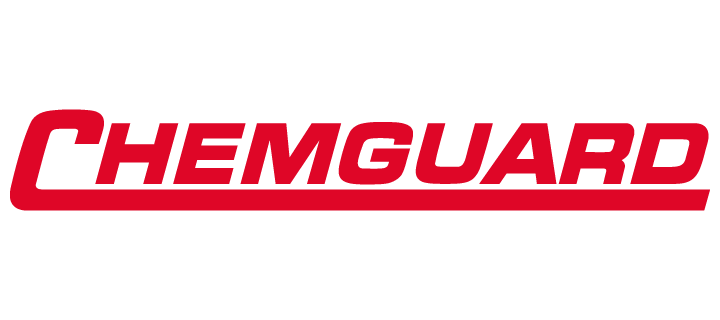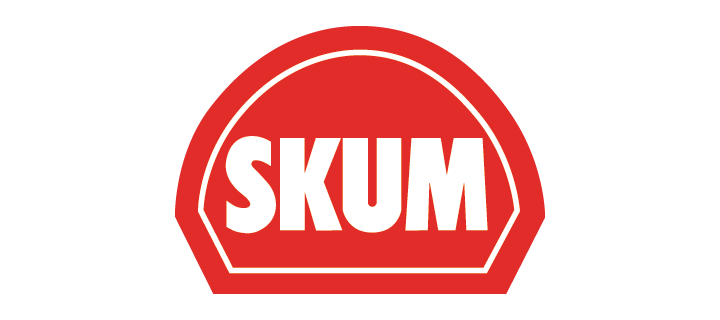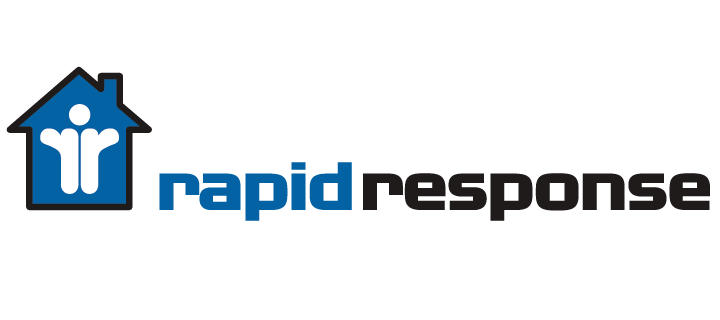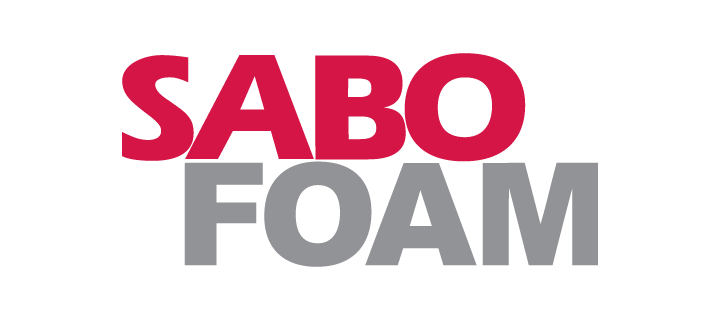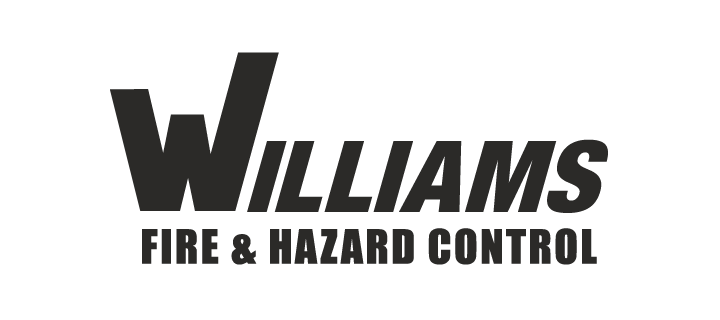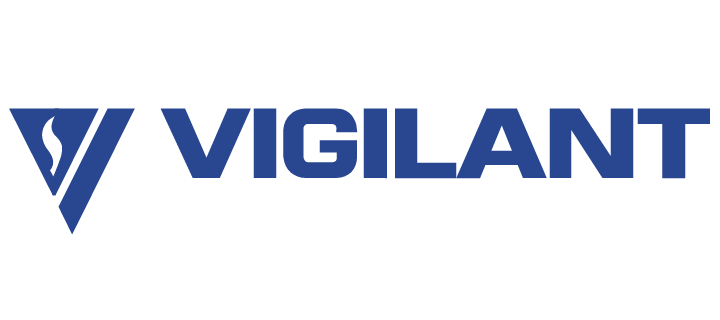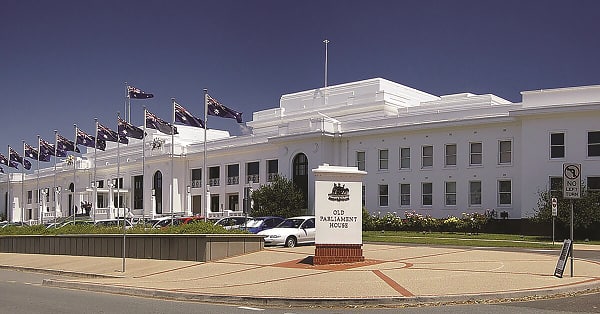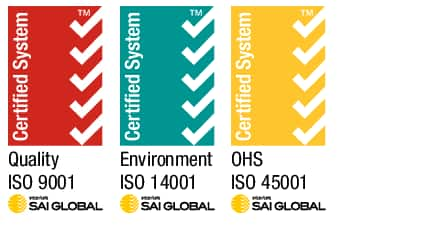Journey to net zero and the critical role of digitalisation
The built environment industry has become increasingly aware of its responsibility to do more.
During the recent FIFA World Cup 2022, the eight World Cup stadiums, in Qatar, became one connected digital space with real-time situational awareness with incident management, thank to the pivotal role of Johnson Controls.
Johnson Controls’ OpenBlue digital platform provided the command centre experts visibility into operations across the eight football stadiums in Qatar. Each stadium has its own interactive 3D digital twin that delivers live data on all aspects of occupant safety, comfort and sustainability, allowing for dynamic predictions and fully flexible solutions for changing scenarios. This approach resolves incidents – such as how crowd size and weather changes might affect energy efficiency and playing conditions – significantly faster than traditional solution. This is setting new standards for the future of large venue operations

Johnson Controls OpenBlue digital platform providing the command center experts visibility into operations across the eight football stadiums used during World Cup 2022
Nearer home in Southeast Asia, we have been also been partnering building and facility owners, to digitalise building management to achieve important outcomes including smart operations, wellness and safety as well as decarbonization. In recent years, there has been a sharp increase in the awareness, adoption and impact of environmental, social and governance (ESG) metrics in Asia. Some 70% of business leaders from Southeast Asia have identified sustainability as an increasing priority, but many face hurdles around coordination across multiple teams, partners and sites, according to a survey commissioned by Johnson Controls.

Results of a survey of the views of decision-makers in Southeast Asia on sustainability
Journey to net zero
The built environment industry has growing awareness of its responsibility to deliver a resilient, sustainable future, given that buildings account for about 40% of the world’s carbon emissions. Furthermore, rapid urbanisation around the world is expected to double the building stock by 2050.
While energy efficiency – which had long been a key agenda in the built environment – is a necessary step to achieving net zero, it is not sufficient. Digitalisation is a critical step in the journey to net zero, too. For example, Johnson Controls’ OpenBlue digital platform leverages AI and cloud technology, harvests data from sensors embedded in edge equipment and creates a holistic data model of real-time operations. Known as a digital twin, the data forms an accurate model of key building operations. The digital twin learns and acts through smart elements, such as remote diagnostics and compliance monitoring, to inform company leaders what factors are contributing to their Scope 1, Scope 2 and even Scope 3 emissions.
The journey to net zero requires more extensive efforts. Johnson Controls has crystallised what is needed for companies to decarbonise their buildings into an eight-step process. The Johnson Controls OpenBlue Net Zero Buildings is a full spectrum of sustainability offerings that includes desired outcomes and risk management models. Employing this eight-step decarbonization methodology and partnering complementary companies, Johnson Controls provides a single source turnkey delivery for customers to assess, benchmark, plan, execute, track and achieve net zero buildings.
Recently, the OpenBlue Net Zero Buildings as-a-Service model has helped the Powerhouse Alliance, a Norwegian collaboration for energy innovation, to implement an energy system that harvests twice the buildings’ annual energy consumption by drawing heating and cooling energy from the ocean, to power buildings, electric buses, cars and boats, through a local microgrid. Johnson Controls is now rolling out this turnkey solution in Asia Pacific with Singapore as a key market.

Johnson Controls has developed an eight-step process to help buildings reach net zero
Walking the talk
Everyone has a part to play in reining back the earth from breaching the global temperature rise limit. This means ‘rapid, deep and sustained reductions in global greenhouse gas emissions of 43% by 2030 relative to the 2019 level’, as stated in the Sharm el-Sheikh Implementation Plan that was agreed to, at the COP27 Summit.
Johnson Controls is committed to cut our Scope 1 and 2 emissions by 55% and Scope 3 emissions related to our customers’ use of our products by 16%, in absolute terms, by 2030 relative to our 2017 baseline, along with actions supporting emissions reductions in our supply chain. In December 2022, we were awarded the EcoVadis Platinum Sustainability Rating, the highest distinction granted for the sustainability of supply chains. We are determined to achieve our commitment of Net Zero Scope 1 and 2 emissions by 2040, 10 years ahead of the goal set out in the Paris Climate Agreement.
Through our example, our business and our partnerships, we want to make a difference. While the challenges can look dauting, I am optimistic that engineers and engineering companies, like Johnson Controls, will step up to enable a resilient, sustainable future.
This article first appeared in the February 2023 issue of 'The Singapore Engineer', published by the Institution of Engineers, Singapore.


